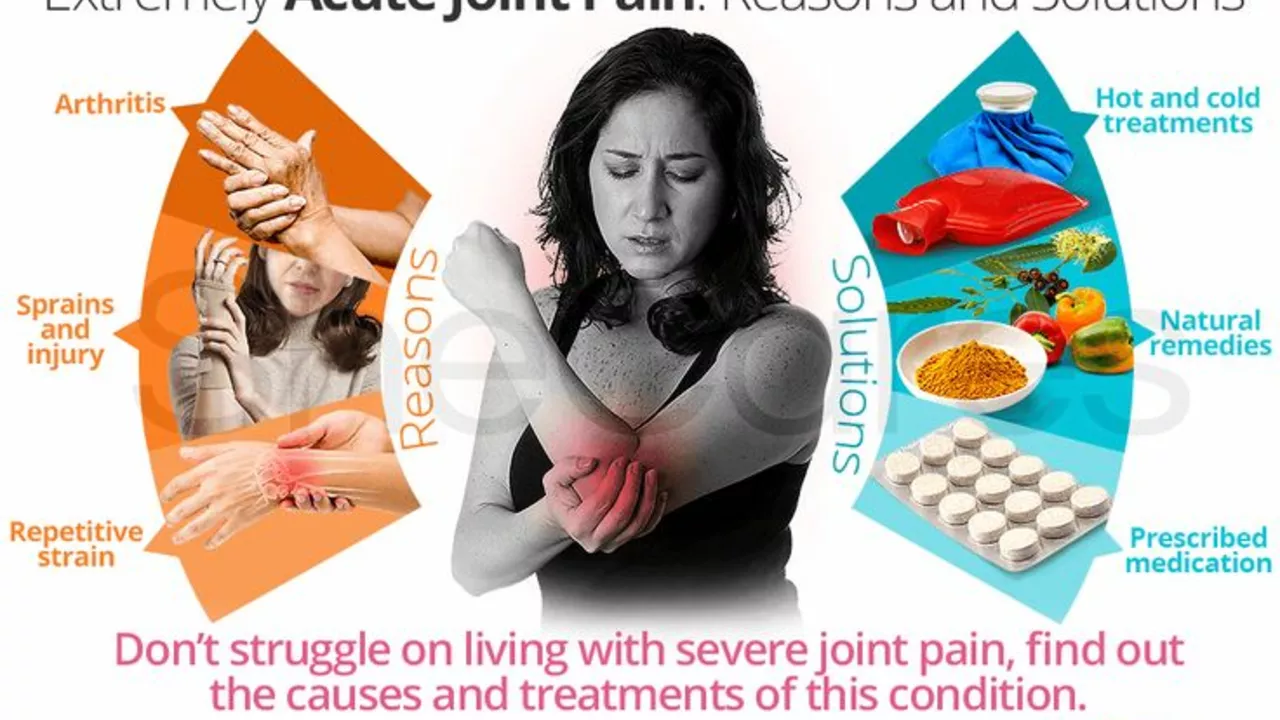Vaginal burning: fast relief, common causes, and what to do next
Woke up with a burning feeling down there? That’s more common than you might think. Vaginal burning can come from many things — infections, allergies, hormonal changes, or even a new soap. The good news: a lot of causes are treatable and you can take practical steps right away to ease symptoms while you figure out the cause.
Quick steps you can try at home
Start with gentle care. Rinse with plain water and wear loose cotton underwear. Avoid scented soaps, bubble baths, feminine sprays, and douching — these often make irritation worse. A cool compress for 10–15 minutes can soothe sharp burning, and switching to fragrance-free detergent may fix irritation tied to clothing. If the burn started after sex, try skipping sexual activity for a few days and check whether condoms, lubricants, or a new partner could be the trigger.
If you think it’s a yeast infection (thick white discharge, itching, burning), over-the-counter antifungal creams or suppositories with clotrimazole or miconazole often help. Read the package and follow the full course. If you’re pregnant, avoid oral antifungal pills unless a clinician advises otherwise. For soreness from friction or shaving, give the area time to heal and use a plain emollient like petroleum jelly if needed.
When to see a clinician and what to expect
See a doctor or sexual health clinic if you have strong pain, a fever, heavy or foul-smelling discharge, bleeding you can’t explain, or if symptoms don’t improve in 48–72 hours after simple care. You should also get checked after unprotected sex or if a partner has a known STI. Clinicians diagnose vaginal burning with a short exam, swabs of discharge, a urine test, or a pH check — these tests identify yeast, bacterial vaginosis, trichomonas, or STIs so treatment matches the cause.
Treatments vary: yeast infections usually respond to antifungal meds, bacterial vaginosis needs antibiotics, and some STI treatments are specific pills your provider will prescribe. For postmenopausal women, low-dose topical estrogen can relieve burning caused by thinning vaginal tissue — discuss risks and options with your doctor first.
Prevent future episodes by sticking to fragrance-free products, wearing breathable cotton, avoiding tight non-breathable underwear and wet swimsuits, and not douching. Probiotic foods or supplements may help some women keep a healthy balance, but they don’t replace medical care when an infection is present.
Bottom line: if the burning is mild and follows a clear trigger (new soap, friction), gentle care and avoiding irritants often fix it. If it’s severe, lasts more than a couple of days, or comes with unusual discharge or fever, get evaluated — proper testing and treatment keep small problems from becoming big ones.

The Impact of Hormonal Imbalance on Vaginal Burning
In my research, I've discovered how hormonal imbalance can significantly affect women's health, particularly causing vaginal burning. Fluctuations in hormones, especially during menstruation, pregnancy, or menopause, can lead to changes in the vaginal environment, making it more susceptible to infections and inflammation. This can result in a burning sensation, discomfort, and other symptoms. It's crucial to consult a healthcare professional if you're experiencing these issues, as they can provide suitable treatments and tips to maintain hormonal balance. Remember, understanding our bodies is the first step to better health.
Read more